Facts about Industrial Robots
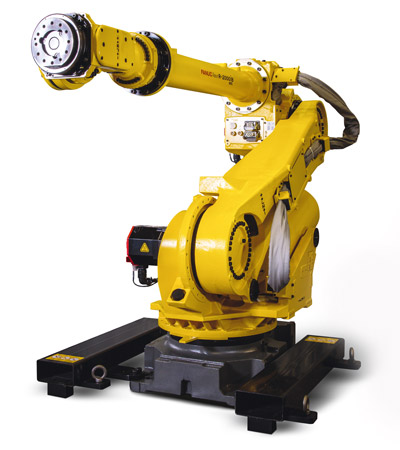
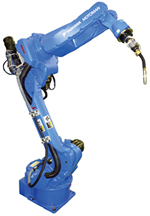
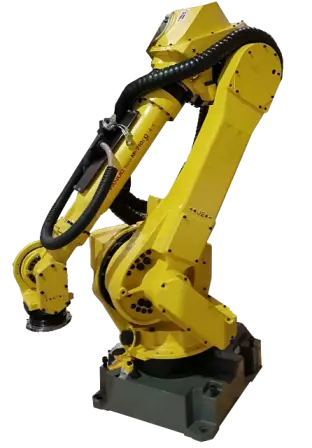
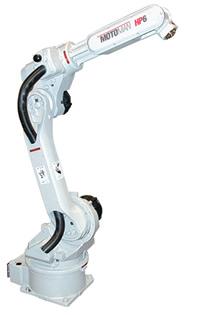
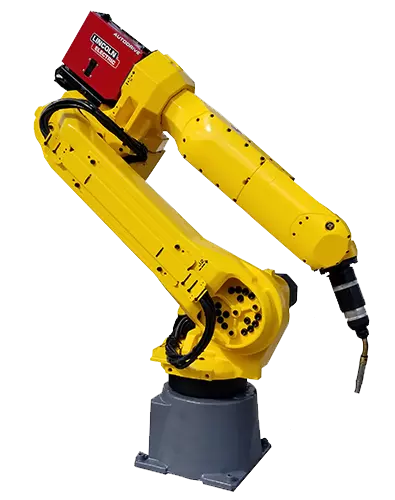
Industrial robots are being implemented across numerous industries. They have been around for decades but recent manufacturing issues such as labor shortages, rising costs, higher consumer demand, and global marketplaces have renewed the push for companies to automate. Below are some facts about industrial robots that are good to know to better understand these powerful machines.
- 1. The first fact to know is what defines an industrial robot. There are many different types of robots, but an industrial robot is one that is an automatically controlled, reprogrammable multipurpose manipulator that can move along three or more axes. Industrial robots are mainly used in manufacturing settings. The FANNUC Arcmate 100ic is an example of an industrial robot.
- 2. Now that you have an understanding of what an industrial robot is, it is important to understand what they do. Industrial robots are used to automatically perform production related tasks. Theses production related tasks are referred to as robotic applications. Common applications for robots include assembly, welding automation, material handling, material removal, and painting among many others. Industrial robots are multipurpose meaning they can automate multiple tasks. The FANUC LR Mate 200ic can automate assembly, part transfer, or machine tending applications.
- 3. Industrial robots are programmed with specific instructions in order to perform a given application. These instructions can be programmed using the robot’s teach pendant, through offline software, or using hand guidance if applicable. Program instructions are interpreted by the robot’s controller which acts as the “brain” of the robotic system.
- 4. Industrial robots are classified by their robotic structure. Robot structure references the robotic design. The most common structures include articulated, gantry, SCARA, and delta. Articulated structures are the most popular as they allow for the greatest variety of robotic applications. The Motoman MA1440 is an articulated robot. The FANUC M-20ia/20T is an example of a gantry robot while the FANUC M-2ia is an example of a delta robot.
- 5. The motions and amount of movement an industrial robot is capable of is determined by the axes. Each axis of an industrial robot represents an independent motion or what is commonly referred to in robotics as a degree of freedom. The more axes a robot has the more movement it will be capable of.
- 6. Every industrial robot is capable of handling a certain amount of weight which is called the robot’s payload. Robot payload is expressed in kilograms and represents the maximum amount of weight a robot’s wrist can lift including both the end-effector and workpieces. Payloads very by robot. For instance, the Motoman MH6 has a payload of 6 kg while the ABB 6640-185/2.8’s payload is 185 kg.
- 7. The arm and body of an industrial robot is often referred to as the robotic manipulator. The manipulator is the sequence of links and joint connections that work together in order to independently manipulate parts.
- 8. The end-effector is the component of an industrial robot that interacts directly with workpieces. End-effectors are attached to the robot’s wrist. They may consist of a robotic gripper or an application specific tool such as a welding torch. The type of end-effector integrated with a robot will depend upon the application being automated.
Robots Done Right is the place to start when it comes to used robots. Contact us if you are interested in buying or selling a used robot.